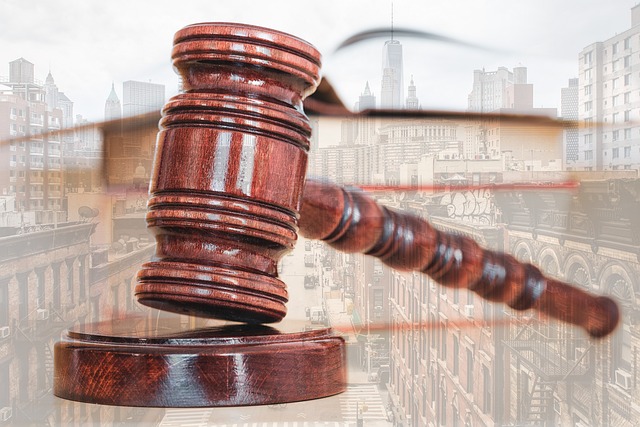Consumer protection laws are essential in real estate, shielding buyers from unfair practices like misrepresented property disclosures and hidden contract terms, which often lead to litigation. Common real estate litigation cases handled include disputes over structural issues, historical contamination, zoning problems, ownership boundaries, and fraud. Navigating the legal process involves investigation, evidence gathering, filing complaints, negotiations, and courtroom arguments, with outcomes setting precedents for nationwide real estate litigation and influencing future consumer protection efforts.
Consumer protection suits play a crucial role in safeguarding individuals from unfair practices, especially in high-stakes sectors like real estate. This article delves into the intricate world of consumer protection laws and their practical application through legal cases. We explore common real estate scenarios that often lead to litigation, providing insights into the steps involved in navigating these complex legal processes. Understanding these dynamics is essential for both consumers seeking justice and professionals aiming to prevent or manage such disputes, particularly in addressing Common Real Estate Litigation Cases Handled.
- Understanding Consumer Protection Laws: A Basis for Suits
- Common Real Estate Scenarios Leading to Litigation Cases
- Navigating the Legal Process: Steps in Consumer Protection Suits
Understanding Consumer Protection Laws: A Basis for Suits

Consumer protection laws are a crucial set of regulations designed to safeguard individuals from unfair or deceptive practices in their daily transactions. These laws cover a wide range of activities, from misrepresenting product quality to concealing important terms and conditions. Understanding these legal frameworks is essential for both consumers and businesses, as it provides a solid basis for resolving disputes through litigation. In the context of real estate, where common litigation cases include property disputes, fraud, and breach of contract, consumer protection laws offer a critical layer of protection for buyers and sellers alike.
By familiarizing themselves with these regulations, individuals can better navigate legal complexities and seek justice when their rights are violated. Moreover, knowing consumer protection laws empowers people to hold businesses accountable for their actions, ensuring they achieve extraordinary results in cases involving white-collar defense strategies. Whether through negotiations, alternative dispute resolution, or jury trials, a thorough understanding of these laws is pivotal in resolving real estate-related legal matters fairly and effectively.
Common Real Estate Scenarios Leading to Litigation Cases

In the realm of real estate, a multitude of scenarios can lead to legal disputes and consumer protection suits. One common area of concern is misrepresented or inadequate property disclosures. When sellers fail to disclose known issues with a property, such as structural problems, historical contamination, or zoning conflicts, it can result in significant financial losses for buyers. These omissions often form the basis for litigation cases, particularly when buyers discover the truth after purchasing the property.
Another prevalent scenario involves faulty contracts and unfair business practices. Real estate transactions are complex, involving numerous parties, including corporate and individual clients. Misinterpretations or inaccuracies in legal documents can give rise to disputes over ownership rights, boundary lines, or even fraudulent transactions. High-stakes cases often arise from these situations, leading to jury trials where the stakes are high for all involved.
Navigating the Legal Process: Steps in Consumer Protection Suits

Navigating the legal process in consumer protection suits involves a series of carefully orchestrated steps designed to ensure justice for affected individuals and businesses. The journey begins with an investigation, where authorities delve into the specifics of the case, gathering evidence and interviewing witnesses. This initial phase is crucial for understanding the extent of any violations and identifying responsible parties, particularly in complex cases involving white-collar defense strategies.
As the suit progresses, all stages of the investigative and enforcement process come into play. These include filing formal complaints, serving legal notices, and engaging in negotiations or mediation to reach a settlement. If a resolution cannot be achieved, the case proceeds to trial, where both sides present their arguments and evidence before a judge or jury. The outcome can have significant implications, setting precedents for common real estate litigation cases handled across the country and shaping future consumer protection efforts.
Consumer protection suits play a vital role in ensuring fair practices in the real estate industry. By understanding the legal framework and common scenarios leading to litigation, consumers can protect their rights effectively. Navigating the legal process involves a series of steps designed to hold wrongdoers accountable, providing closure and justice for those affected by unethical practices. Familiarizing oneself with these processes, especially regarding common real estate litigation cases, is essential in fostering integrity within the industry.






